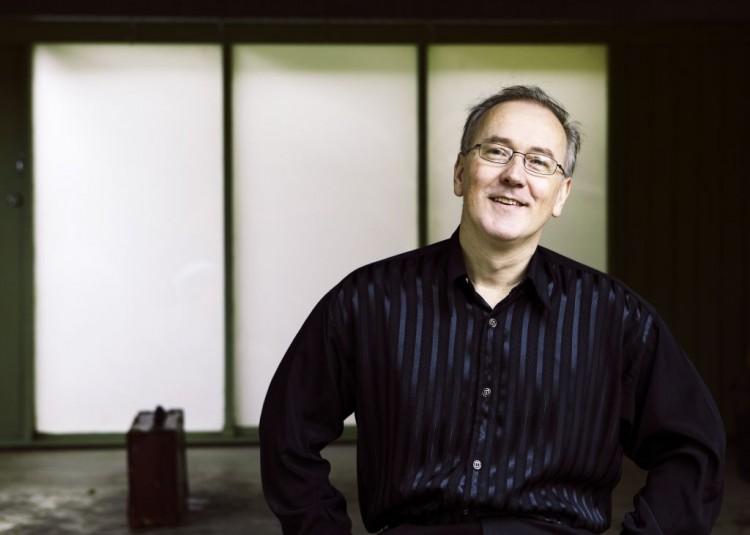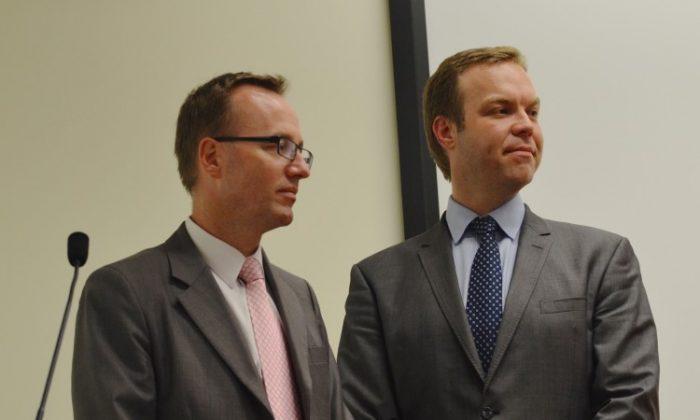For Ian Munro, one of Australia’s most distinguished pianists and composers, creating music is as much about fulfilling his own life-long dreams as it is taking the audience on a magical journey.
“As a little boy, I used to dream about writing my own piano concerto. I’d wake up in the morning having dreamt that I played this fantastic piece, but could not remember a note of it,” reflects Mr Munro.
Thirty years later, that dream finally became reality. The 2003 debut of Ian Munro’s first piano concerto, ironically titled Dreams, was met with international acclaim at the Queen Elizabeth Music Competition for composers in Belgium. He was the first and only Australian to receive the Grand Prix prize and the work was then made into a set piece for the 12 finalists in that year’s competition.
Now, eight years later, Ian Munro has decided to whisk the audience on another dream-like creation—this time his much anticipated Second Piano Quintet. Partially based on his Dreams concerto, the work continues to explore the mystical world of surrealism.
Will the audience be surprised by the new work? Maybe a little, admits Mr Munro.
“This one is a little modernistic. Both of the movements have nightmare scenes, particularly the first movement … it gets more and more chaotic. It’s a totally different style of writing, a bit more confronting.”
The work premiers during the Musica Viva’s special quintet concert series and features another distinguished Australian group—The Goldner Quartet. Together, the artists will endeavour to combine some of the greatest classical chamber masterpieces by Brahms and Beethoven with the more modern compositions by Szymanowski, Dvorjak and, of course, Mr Munro.
For Ian Munro, playing his new work with the Goldners carries a special meaning. He admits that it was the group itself that inspired the composition in the first place and was hence especially composed for the talented musicians.
While they have performed hundreds of concerts together, Mr Munro jokes that their times together can sometimes be testing.
“We have been on tours together … but we argue, we go through the torture of rehearsing and performing works we may feel different about.”
Visual Arts
Yet it is not only fellow colleagues that inspire Mr Munro. Visual arts seem to play another pivotal role in his creations, perhaps because the passion for painting and drawing eluded Mr Munro and to this day remains an unfulfilled dream.
“I started as a boy really wanting to be a painter. But my eyes were terrible … you had to sacrifice something. Occasionally, I pick up the pencil or brush, but rarely,” admits the composer.
Yet the love for visual arts remains strong and has given rise to some of his other famous works. The First String Quartet, for example, was entirely inspired by a collection of woodwork from the Ballarat Art Gallery, he says.
Transposing paintings and drawings into music is not a direct process for Mr Munro, but a multi-layered experience.
“There are shapes, colours, outlines, moods … all sorts of things, hard to put it to words,” he says.
Classical Art Relevant
While classical art forms may appear to lose relevance to the modern world, Mr Munro remains optimistic that it will continue to thrive.
“When I went through college as a young bloke, there was a lot of doom and gloom about the future of classical music. That was 20 years ago. Well, we are still here. The orchestras are still around.”
He is also encouraged by the rise of young performers and their renewed interest in making classical music, which Mr Munro believes carries a deeper meaning for the audience.
“People who love great music often find themselves gravitating to classical music. It really embodies the best of what we do as human beings. I honestly think it’s to do with that.”
“It’s a very genuine thing,” concludes Mr Munro. “That’s why I believe it will always be attractive.”




